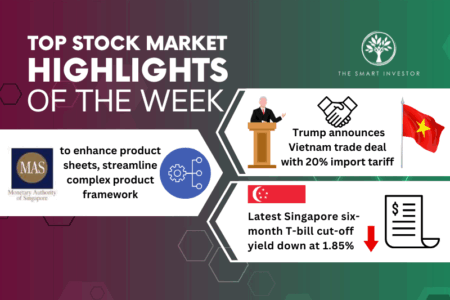Bond investors could not be clearer about their views on US inflation. They just don’t believe that the cost of living in the US is heading lower. That is despite claims from the Federal Reserve that inflation is moving in the right direction.
Those investors might well be right to be sceptical, given the continued resilience of the US economy in the face of rising rates. So, rather than buckling under the weight of higher borrowing costs, the US economy is still growing. It could show even faster growth when third-quarter numbers are announced shortly. That could throw more fuel on the fire that is raging in the bond market.
Problem is that central banks appear to be pushing on a piece of string. Whilst they are siphoning money out of the economy by restricting money supply through higher interest rates and tighter credit conditions, governments are doing the exact opposite. They are pumping money back into the economy through generous fiscal measures.
It is little wonder, then, that investors want to be rewarded more for owing bonds. But it is not only Treasuries that are being affected. Rising Treasury yields can have far-reaching impacts on all types of risk assets. These not only include shares but also corporate bonds, property, and emerging markets.
But will a shocking 5% yield on 10-year Treasuries be enough of a premium to placate bond investors? Probably not. But here’s the irony. If investors honestly believe that stubbornly-high inflation is unlikely to be overpowered by the Fed, then inflation-beating assets might be a better option than bonds.
In particular, companies that have pricing power could be worth looking at. They can raise the price of their good and services, effortlessly. Even better could be companies that not only have pricing power but a good track record of raising their dividends, too.
Consider this. If we put $100 into a 10-year bond that pays a coupon of 5%, then the total interest collected after a decade would be $50. But if we invest $100 in a share that has a dividend yield of 5% and can also raise its payout at a modest rate of 5% a year, then the total amount collected after ten years would be $62.89.
Which investment is better? Well, it kind of depends. On paper, $62.89 is more appealing than $50. So, it should in theory be the better investment. However, there is no one-size-fits-all investment. There is no right or wrong answer. The one that you choose could depend on what your portfolio looks like.
If you’d like to learn more investing concepts, and how to apply them to your investing needs, sign up for our free investing education newsletter, Get Smart! Click HERE to sign up now.
Get more stock updates on our Facebook page. Click here to like and follow us on Facebook.Disclosure: David Kuo does not own any of the shares mentioned.





